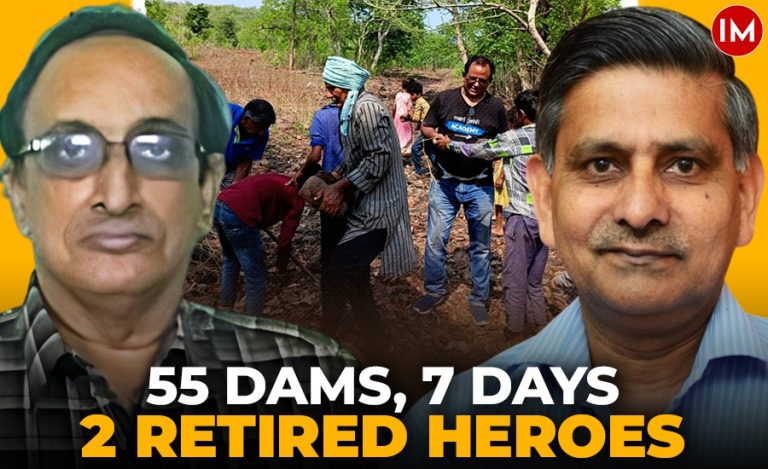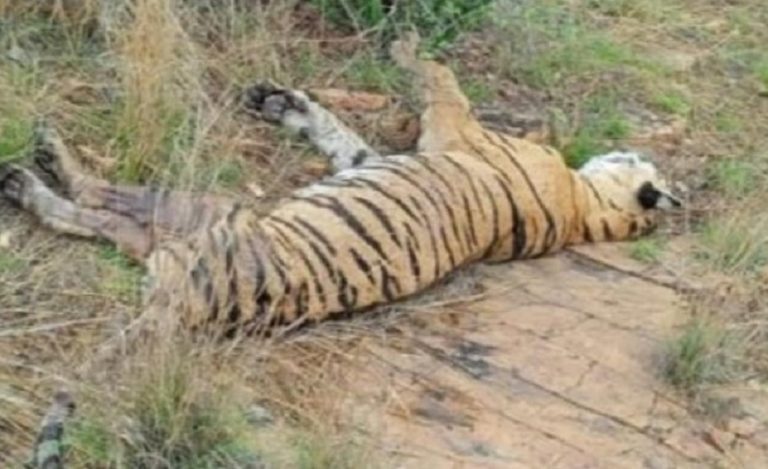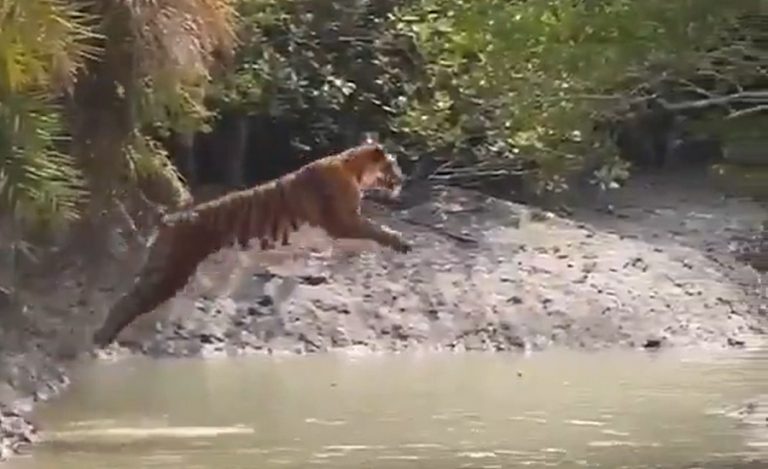From a whopping 40,000 tigers all over India in the early 19th century to a mere 1800 at the turn of the new century 21 years ago- that’s the kind of drastic fall in the number of big cats witnessed in the country. As of now, there are over 3,000 tigers in the wilds of India but the challenge to ensure their survival remains the same. In 2005, National Tiger Conservation Authority (NTCA) was formed to boost and supervise the overall management of tiger conservations in India. Even at 3,000, India still holds 70% of the global tiger population.
51 TIGER RESERVES NOW
India has now 51 tiger reserves and each one of them is working towards conservation to the best of its capacity. However, some reserves like Corbett, Ranthambore, Kanha, Manas, etc are doing exceptionally well others such as the Valmiki tiger reserve in Bihar which still has to do a lot. During a conversation with Indian Masterminds, former Director of Corbett Tiger Reserve and DIG of NTCA, Mr. Surender Mehra, talks about renewed efforts to save the tigers.
According to Mr. Mehra, a 1999 batch Indian Forest officer from Uttarakhand cadre, the challenges are much more for some reserves because of obstacles present there in the conservation work.

HUMAN RESOURCE STILL PLAYS GREAT ROLE
When it comes to overall conservation of Tiger in the country, Mr. Mehra has an important role to play. He started his field training from Corbett National Park in 2002. Then he served there as a deputy director between 2005-06, and then director for two terms: between 2013-14 and then again between 2016-18.
Talking about the challenges,he says, “The main challenge has its association in history. Let’s take example of Corbett, it is the oldest national park in the country and Project Tiger was also launched from. Similarly, many technologies for monitoring or tracking of the tiger have been introduced from here. This park has historically been associated with conservation so it is natural that now Corbett has maximum number of tigers now. But the situation is not same for many other reserves”.

THE RAJAJI DAYS
To give an example Mr. Mehra shared his experiences as the Deputy Director of Rajaji National Park. “The geography of Rajaji is very different. A road and a railway track passes through the park. This was the main reason for the wildlife casualties there till two decades ago”, he pointed out.
During his tenure he started the concept of ‘Joint Patrolling’ with two separate wireless sets: one with the frequency to connect with forest department, and other with railway staff. With this line, they used to warn the railway staff before-hand when any animal was spotted on the railway track. This helped to curb the casualty and only one elephant met with an accident in two-three years. Other than this Rajaji, has not reported any accident in years.
Mr. Mehra also emphasises that the country still lacked in some cutting edge technologies, and therefore human resources plays a key role in protection of wildlife. We will soon continue our interaction with Mr Mehra, in the second part of the story.































